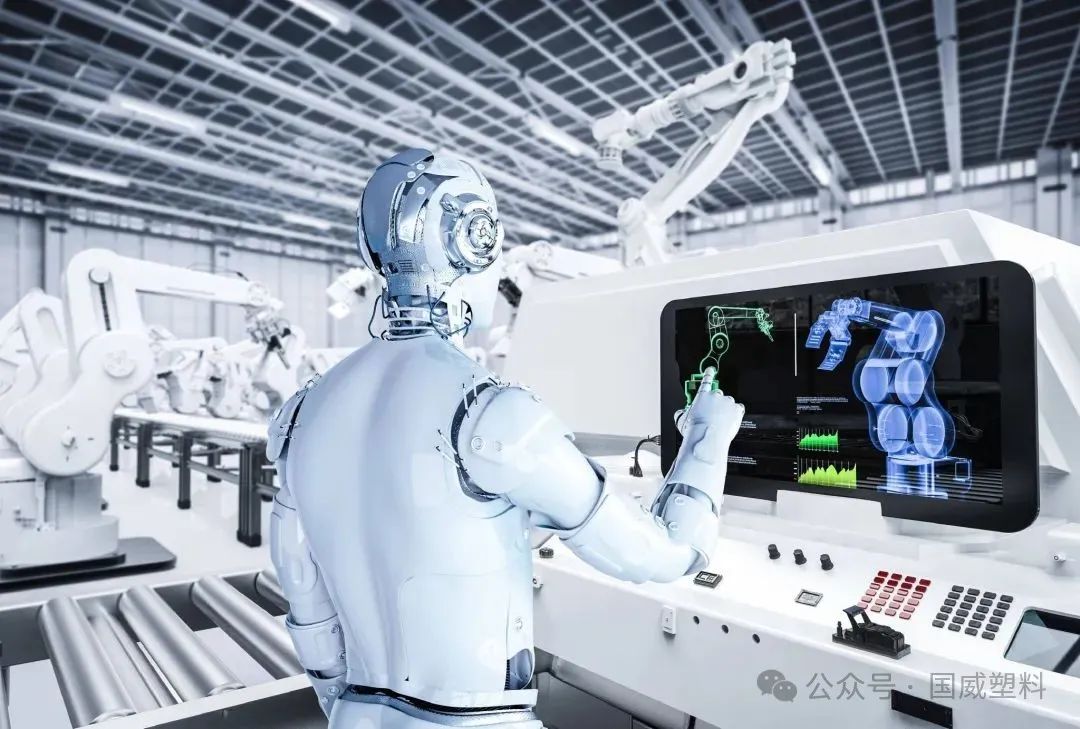How AI is Reshaping the Modified Plastics Industry: Opportunities Lie in These Technological Breakthroughs
In the modified plastics industry, most production managers are actually in a state of "anxiety" every day. The core issue in the new materials industry remains the broad approach to cost management without detailed cost control, which can lead to various problems. Therefore, the establishment of lean production management is urgently needed.
In the plastic modification industry, many leading companies such as Julong Technology began building smart factories as early as 2021, and have now become models of digital transformation in smart factories. Meanwhile, Kingfa Sci. & Tech. has invested 660 million yuan in the construction of digital factories and unmanned factories.


These leading enterprises mostly regard digitalization as informatization, integrating information and enhancing the level of automation to improve production efficiency.

AI is currently rapidly changing the way we behave, and the reason why customized modified plastics especially need AI is due to the differences in sales models, customer groups, and service models between specialty modified plastics and general plastics.
AI can be applied in the field of chemical modification through formulation development, expert systems, and market promotion, covering the entire product development process with AI systems.
Specifically, the application of AI in rubber and plastics production has enabled intelligent manufacturing, equipment management, quality control, and demand forecasting, significantly improving production efficiency and product quality. In supply chain management, AI optimizes resource allocation through intelligent procurement, warehousing, and distribution, thereby reducing operating costs.
AI also empowers sales and customer service, for example, by enhancing user experience through intelligent recommendations, chatbots, and personalized marketing, while utilizing data analysis to optimize market positioning and sales strategies.
The integration of AI technology with the chemical industry has begun to transform R&D, production methods, and industrial patterns in the chemical sector. This has laid a solid foundation for enhancing the industry's capacity for independent innovation, optimizing industrial structure, and achieving safe, green, and high-quality development.
【Copyright and Disclaimer】The above information is collected and organized by PlastMatch. The copyright belongs to the original author. This article is reprinted for the purpose of providing more information, and it does not imply that PlastMatch endorses the views expressed in the article or guarantees its accuracy. If there are any errors in the source attribution or if your legitimate rights have been infringed, please contact us, and we will promptly correct or remove the content. If other media, websites, or individuals use the aforementioned content, they must clearly indicate the original source and origin of the work and assume legal responsibility on their own.
Most Popular
-

List Released! Mexico Announces 50% Tariff On 1,371 China Product Categories
-

EU Changes ELV Regulation Again: Recycled Plastic Content Dispute and Exclusion of Bio-Based Plastics
-

Mexico officially imposes tariffs on 1,400 chinese products, with rates up to 50%
-

Clariant Unveils Cost-Cutting Plan Details, Plans to Shut Down Multiple Plants
-

Nissan Cuts Production of New Leaf EV in Half Due to Battery Shortage






